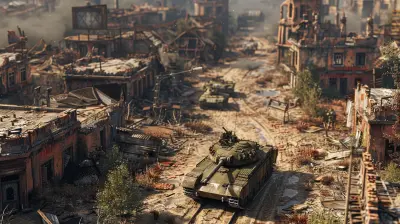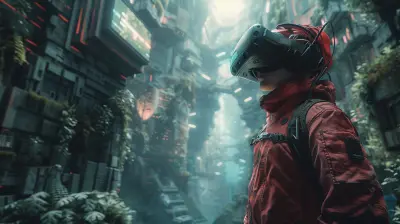How Unreal Engine Powers the Future of Multiplayer Gaming
29 October 2025
Multiplayer games aren't just games anymore—let’s be honest, they're digital playgrounds, social hubs, and, for some, even a second life. Whether you're teaming up in an epic battle royale or hanging out in a virtual galaxy far, far away, there's one powerful engine often behind the magic: Unreal Engine.
But how exactly is Unreal Engine shaping the future of multiplayer gaming? Well, buckle up, because we're diving into that very topic.
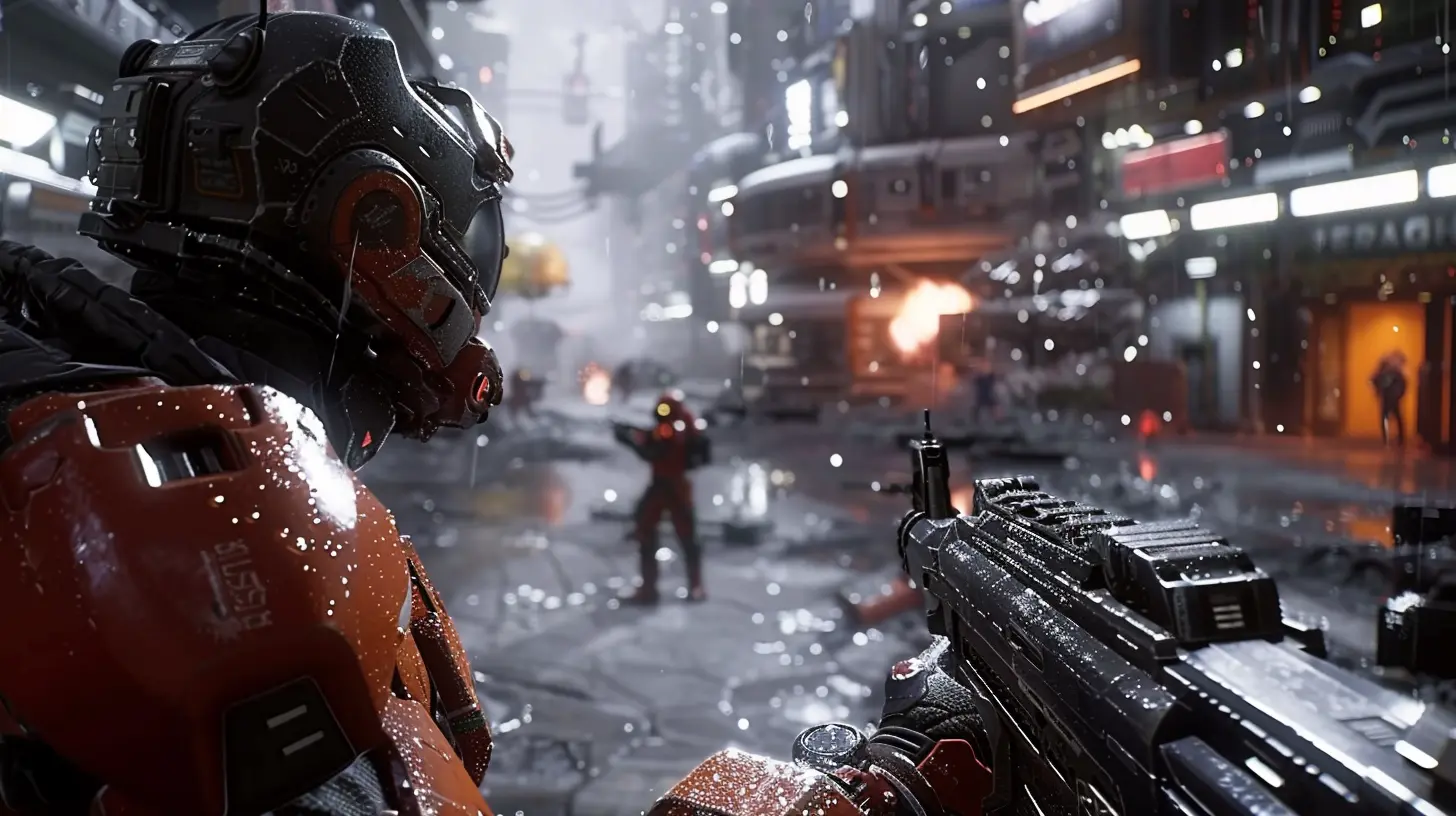
What Is Unreal Engine, Anyway?
Before we get too deep, let's lay some groundwork. Unreal Engine is a game development engine made by Epic Games. It's like the Swiss Army knife of game design tools—flexible, powerful, and constantly evolving.Unreal Engine isn’t just for pros or big studios. Indie developers and hobbyists use it, too. With Unreal Engine 5 shaking up the industry, it’s become more accessible than ever—think of it as having a Hollywood-grade film studio in your basement.
Now, let's focus on how this beast of an engine transforms multiplayer gaming.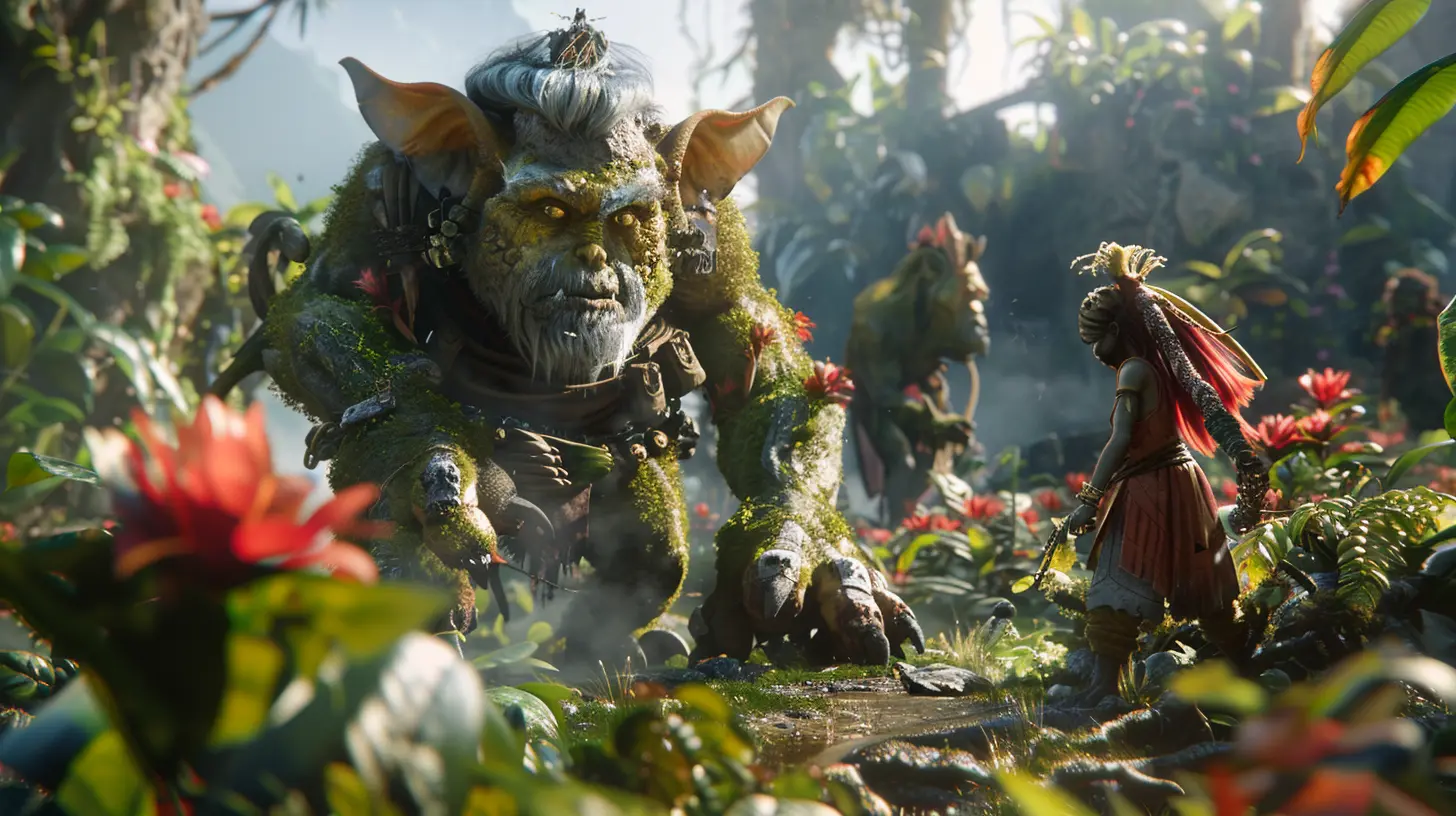
Real-Time Multiplayer: The Heart of the Experience
Multiplayer games live and die by one thing: how smooth the experience is. If there's lag, glitches, or dropped connections—well, people rage quit. And nobody wants that.Unreal Engine handles networking like a champ. It supports real-time multiplayer out of the box, which means players can sync up and interact in near-zero delay. Whether you’re dodging bullets in an FPS or racing through a massive open-world map, the engine makes sure your actions register swiftly and accurately.
Server and Client Model – Built for Speed
What’s cool is that Unreal uses a server-client model. Basically, the server is the “boss” that keeps everything fair and synchronized, while each player connects as a client. This setup helps prevent cheating and ensures consistency across devices.You don’t need to manually code every network interaction either—Unreal has built-in replication tools to do that for you. It’s like hiring an invisible team of developers to handle the technical chaos so you can focus on the fun.
The Power of Blueprints – Multiplayer Made Easy
Let’s be real—coding can be scary, especially for newcomers. That’s where Blueprints come in.Blueprints are Unreal Engine’s visual scripting system. Think of it like building logic and behavior using LEGO blocks instead of writing complex lines of code.
Now, imagine you’re developing a multiplayer co-op game. With Blueprints, you can quickly set up things like synchronized player movement, inventory systems, or even matchmaking—without typing a single line of code. It’s ridiculously beginner-friendly and speeds up development time big time.
And here’s the kicker: Blueprints work seamlessly with Unreal’s networking features. So, making your game multiplayer? Not as hard as you think.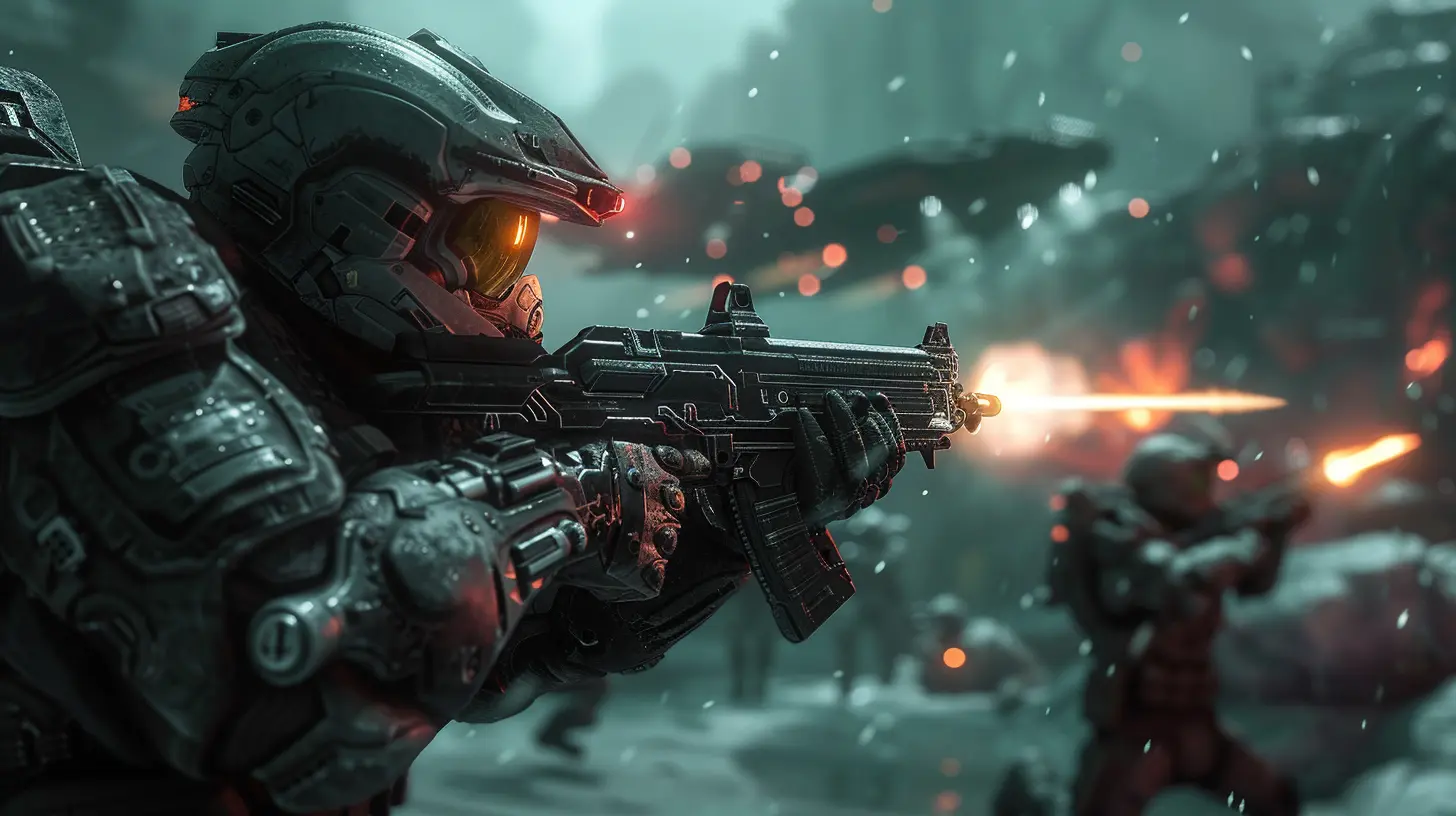
Unreal Engine 5: A Giant Leap for Multiplayer Gaming
When Unreal Engine 5 (UE5) dropped, it wasn’t just a minor upgrade—it was a quantum leap. Two revolutionary features stand out for multiplayer pros: Nanite and Lumen.Nanite – A Feast for the Eyes
Nanite is UE5’s virtualized geometry system. In simple terms? You can throw insanely detailed assets into your game, and the engine handles the rest. No more worrying about polygon count tanking performance.Multiplayer games are usually stuck finding a balance between quality and performance. Nanite blows that limitation out of the water. Now, your game doesn’t have to look like a PS2 relic just because it's online.
Lumen – Lighting That Reacts to Players
Lumen is UE5’s global illumination system. What’s magical about it is that the lighting changes dynamically. You flash a torch in a dark room? Shadows dance. You shoot a rocket into a cave? The whole place lights up with realistic flare.In multiplayer settings, this adds a whole new layer of immersion. Lighting can respond to player actions across the server—how cool is that?
Cross-Platform Multiplayer – Unreal Makes It Happen
Let’s face it: gaming isn’t just on PC anymore. Consoles, mobile phones, even VR headsets—everyone wants in. So, what’s the secret sauce to getting all these platforms to play nice?Unreal Engine handles cross-platform development like a pro. Whether you're building for Xbox, PlayStation, Switch, iOS, Android, or PC, Unreal helps you hit that “one build fits all” sweet spot.
Even better? It integrates with online subsystems like Xbox Live, PlayStation Network, and Epic Online Services. So, matchmaking, leaderboards, and parties? A piece of cake.
The result? Your multiplayer game can unite players across platforms—and that’s the future right there.
Scalability: From Indie Studios to AAA Powerhouses
Unreal Engine is a bit like a chameleon—it adapts to whoever’s using it.Got a small indie team? You can use the exact same tools as major AAA studios. And when your player base suddenly explodes overnight (thanks to going viral on TikTok), Unreal’s scalability kicks in to save the day.
Dedicated servers, cloud-based hosting, and load balancing are all part of the package. You can start small and grow big without rebuilding everything from scratch.
That’s not just convenient. It’s game-changing.
Spectator and Replay Systems – The Extra Mile
Multiplayer isn’t just about the people playing—it’s also about those watching. Esports, streamers, and YouTubers are making multiplayer games a spectator sport.Unreal Engine supports advanced spectator modes and replay systems. That means you can record gameplay, show different player views, and even create entire highlight reels from a match—right inside the engine.
Ever wonder how those jaw-dropping slow-motion kill cams and cinematic replays are made? Now you know.
Advanced AI in Multiplayer Worlds
Wait… AI in multiplayer games? Isn’t that single-player territory?Not anymore.
Unreal Engine lets developers add AI bots that can act just like human players. They can fill empty slots, help new players train, or even challenge veterans with smart behavior.
Using features like Behavior Trees and Environment Queries, developers can create bots that don’t just run at you screaming—they flank, hide, and strategize like real people.
So, whether you’re adding filler enemies in a co-op horde mode or building your AI teammate in a tactical shooter, UE handles it all.
Community and Marketplace Support – A Developer’s Goldmine
Let’s be honest—developing a multiplayer title is hard work. But why reinvent the wheel when you’ve got access to one of the most vibrant game dev communities out there?Unreal Engine’s Marketplace is packed with plugins, assets, and templates. Need a lag compensation system? There’s a plugin for that. Want a fully built multiplayer lobby? You’ll find one.
Plus, the Unreal dev community is super active—forums, Discord servers, Reddit, you name it. Stuck on a bug at 2 a.m.? Someone’s probably already solved it and posted the fix.
Real-World Games That Prove the Point
Still not convinced? Let’s look at some heavy hitters powered by Unreal Engine:- Fortnite – Epic’s crown jewel that redefined the battle royale genre.
- ARK: Survival Evolved – Survival sandbox with massive multiplayer elements.
- Rocket League – High-octane soccer meets cars madness.
- Valorant (Prototype Stage) – Riot initially crafted early prototypes in Unreal.
These games didn’t just succeed—they took over the world. And Unreal Engine was the secret weapon behind them.
What the Future Looks Like
Here’s where things get mind-bending.As cloud gaming grows, Unreal Engine is prepping for the shift. Imagine playing an open-world MMO with thousands of players—on your phone, with no downloads. Unreal’s pushing into the cloud era, making that dream a reality.
And then there’s the metaverse. Unreal’s ultra-realistic rendering, combined with multiplayer infrastructure, makes it the go-to choice for metaverse development. Whether it’s virtual concerts, social experiences, or 3D hangouts, Unreal is laying the foundation.
Final Thoughts
Unreal Engine isn’t just a tool—it’s the backbone of the multiplayer revolution.Whether you're an indie dev creating your first co-op RPG or a AAA studio building the next big esport, Unreal gives you the tech, tools, and flexibility to bring your vision to life. Real-time networking? Check. Cross-platform support? Check. Stunning visuals and AI that thinks on its feet? Triple check.
So the next time you're diving into an epic multiplayer match, just remember: Unreal Engine might just be the unsung hero making it all possible.
all images in this post were generated using AI tools
Category:
Unreal Engine GamesAuthor:

Leif Coleman
Discussion
rate this article
1 comments
Knox McCall
Reality redefined, connection amplified.
November 2, 2025 at 5:15 PM

Leif Coleman
Thank you! Unreal Engine truly transforms gaming by enhancing both realism and player connectivity.
